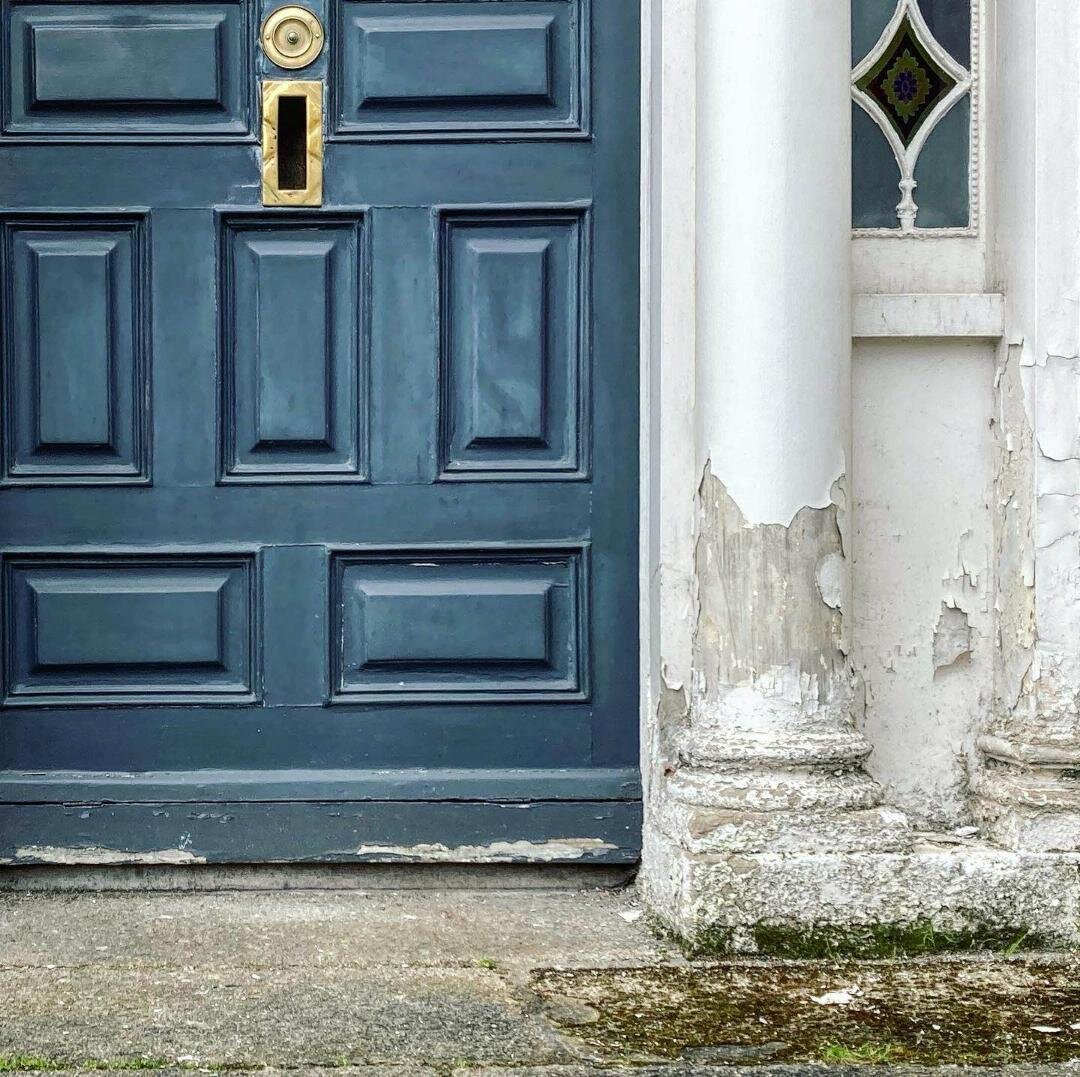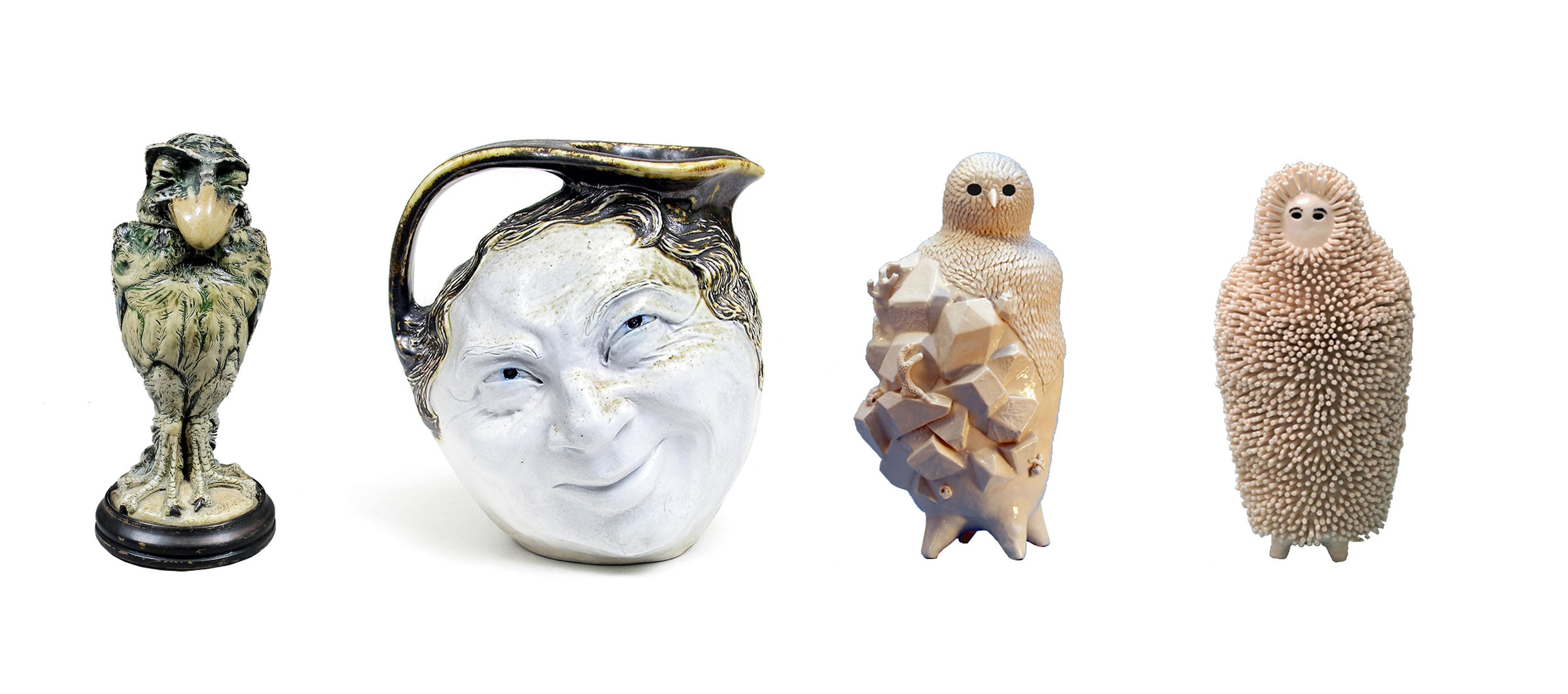The mechanics were huddled together watching a video on a mobile phone. Young, brutish; redolent of what Elizabeth Bishop referred to as “several quick and saucy greasy sons” in her poem Filling Station. I felt uncomfortable in my exercise clothes, and uncomfortable in many other ways in this environment. I didn’t feel as though I belonged, nor would I be accepted if I were to ask what the video on mobile phone was about. Singling out the thinnest and least threatening of the group, I asked him about my car tyres. He ushered me to drive my car into the blackened garage and my car shuddered as it hit the ramps. His gestures were minimal, and suddenly he dropped to the oily floor, animalistically transfixed by my wheels; feeling them, reaching to vehicular places I could not see. His focus was intense, and he would not commit to a prognosis for fear I would blame him in the future if it were incorrect. This added to my perceived sense of not belonging. I decided to have three tyres replaced and he seemed to gesture that I had made the correct decision. I queued to pay in advance and listened to the vacuous banter amongst the office staff, all friends and all sure of themselves. A strange language of looks and smirks.
I sipped a hot latte at the Green Lake nearby. The water was still, and a moorhen busied themself constructing a nest in a reeded island as their partner surveyed the operation. Businesses backed onto the Green Lake as it had probably once been regarded as a swamp but was now hailed as a nature reserve for native newts. The signage informed me that newts had once been regarded as “men-creepers” and climbed down male throats during sleep and could be evacuated with salt. I could see the oily garage from my seat, a mattress company and a garden centre built precariously close to the watery edge of the Green Lake. I wondered if the newts perused the garden centre when they left the lake instead of the expensive habitats built by the town council especially for them. These habitats were called “hibernacula” or sods of earth covering piles of rotting timber. I thought they looked like funereal.
Returning to the garage some time later, I found my car and the mechanics had returned to looking at a video on a mobile phone, killing time between customers. I stood and watched them, they were attentive and quietly smiling. They were completely comfortable in one another’s company; wearing uniforms splattered with old oil stains like blotting paper. Their hair was unkempt due to the pandemic lockdown on barbershops and their facemasks had black smudged fingerprints on them. There were two now, one holding the mobile phone, the other leaning in close to watch it. In the busy garage they were a moment of stillness, absorbed in their video. The flashes of blue overalls around them and their mental distraction from the garage around them, reminded me of Oskar Kokoschka’s painting called The Tempest. The two figures were together, and yet apart in the busy garage of glimmering oil, black tyres and discarded blue paper towels. The Tempest evoked stillness in a storm, but also of future doom as the couple were protecting themselves in an unfit boat they found near the water. Could this garage protect the mechanics from the creatures of the Green Lake? Perhaps this garage was their safety; their tyres were fenders to the shores of the surrounding town. They built this place like greasy moorhens beyond the reach of their threats. I was a threat; I would not belong here. I drove away.
(I dedicate this short piece to my childhood friend David, who decided to leave this world last weekend. His funeral shall pass this garage and his friends who work there.)















